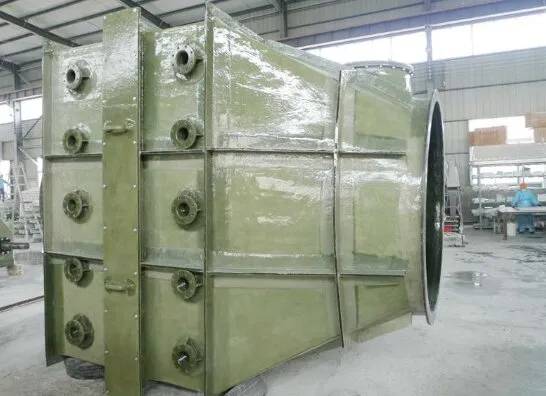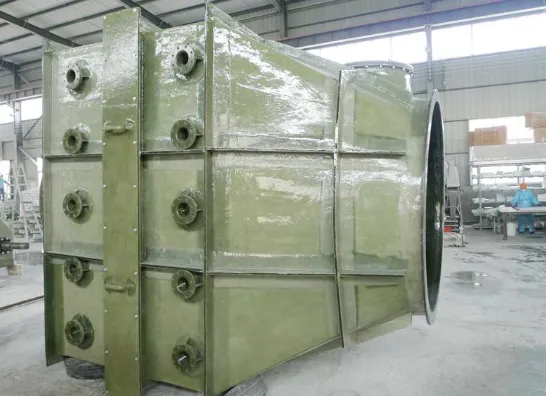
-
 Afrikaans
Afrikaans -
 Albanian
Albanian -
 Amharic
Amharic -
 Arabic
Arabic -
 Armenian
Armenian -
 Azerbaijani
Azerbaijani -
 Basque
Basque -
 Belarusian
Belarusian -
 Bengali
Bengali -
 Bosnian
Bosnian -
 Bulgarian
Bulgarian -
 Catalan
Catalan -
 Cebuano
Cebuano -
 China
China -
 China (Taiwan)
China (Taiwan) -
 Corsican
Corsican -
 Croatian
Croatian -
 Czech
Czech -
 Danish
Danish -
 Dutch
Dutch -
 English
English -
 Esperanto
Esperanto -
 Estonian
Estonian -
 Finnish
Finnish -
 French
French -
 Frisian
Frisian -
 Galician
Galician -
 Georgian
Georgian -
 German
German -
 Greek
Greek -
 Gujarati
Gujarati -
 Haitian Creole
Haitian Creole -
 hausa
hausa -
 hawaiian
hawaiian -
 Hebrew
Hebrew -
 Hindi
Hindi -
 Miao
Miao -
 Hungarian
Hungarian -
 Icelandic
Icelandic -
 igbo
igbo -
 Indonesian
Indonesian -
 irish
irish -
 Italian
Italian -
 Japanese
Japanese -
 Javanese
Javanese -
 Kannada
Kannada -
 kazakh
kazakh -
 Khmer
Khmer -
 Rwandese
Rwandese -
 Korean
Korean -
 Kurdish
Kurdish -
 Kyrgyz
Kyrgyz -
 Lao
Lao -
 Latin
Latin -
 Latvian
Latvian -
 Lithuanian
Lithuanian -
 Luxembourgish
Luxembourgish -
 Macedonian
Macedonian -
 Malgashi
Malgashi -
 Malay
Malay -
 Malayalam
Malayalam -
 Maltese
Maltese -
 Maori
Maori -
 Marathi
Marathi -
 Mongolian
Mongolian -
 Myanmar
Myanmar -
 Nepali
Nepali -
 Norwegian
Norwegian -
 Norwegian
Norwegian -
 Occitan
Occitan -
 Pashto
Pashto -
 Persian
Persian -
 Polish
Polish -
 Portuguese
Portuguese -
 Punjabi
Punjabi -
 Romanian
Romanian -
 Russian
Russian -
 Samoan
Samoan -
 Scottish Gaelic
Scottish Gaelic -
 Serbian
Serbian -
 Sesotho
Sesotho -
 Shona
Shona -
 Sindhi
Sindhi -
 Sinhala
Sinhala -
 Slovak
Slovak -
 Slovenian
Slovenian -
 Somali
Somali -
 Spanish
Spanish -
 Sundanese
Sundanese -
 Swahili
Swahili -
 Swedish
Swedish -
 Tagalog
Tagalog -
 Tajik
Tajik -
 Tamil
Tamil -
 Tatar
Tatar -
 Telugu
Telugu -
 Thai
Thai -
 Turkish
Turkish -
 Turkmen
Turkmen -
 Ukrainian
Ukrainian -
 Urdu
Urdu -
 Uighur
Uighur -
 Uzbek
Uzbek -
 Vietnamese
Vietnamese -
 Welsh
Welsh -
 Bantu
Bantu -
 Yiddish
Yiddish -
 Yoruba
Yoruba -
 Zulu
Zulu
Feb . 15, 2025 21:28
Back to list
acid storage tank
Acid storage tanks play a crucial role in various industrial applications, ensuring the safe containment of corrosive substances. Proper handling and storage of acids are fundamental to maintaining workplace safety and protecting the environment. As industry demands continue to evolve, innovations in acid storage tank technologies offer new solutions that emphasize experience, expertise, authoritativeness, and trustworthiness in product design and material selection.
An often-overlooked aspect of acid storage is the regular maintenance and inspection regimen. Even the most expertly designed tanks require periodic inspection to prevent unforeseen failures. Ultrasonic testing, hydrostatic testing, and visual inspections are common practices that identify wear, corrosion, or weaknesses before they become critical. Implementing a structured maintenance schedule not only prolongs the lifespan of the storage tank but also reinforces trustworthiness in the preventive measures employed. The evolution of digital technologies has introduced smart features into acid storage solutions, enhancing both safety and operational efficiency. Real-time monitoring systems offer instant insights into tank integrity, fluid levels, and environmental conditions within the context of the tank's location. These systems rely on IoT sensors and cloud-based platforms to deliver precise analytics and alerts, enabling swift responses to potential issues. By embracing such technologies, operators demonstrate a forward-thinking approach and dedication to cutting-edge solutions. Sustainability in acid storage solutions is gaining prominence. The selection of recyclable materials, energy-efficient manufacturing processes, and designs that consider end-of-life disposal are influencing factors businesses consider when investing in new tanks. Manufacturers with expertise in sustainable practices not only contribute to environmental goals but also appeal to the regulatory and ethical considerations of modern enterprises. In conclusion, the acid storage tank industry is increasingly defined by an emphasis on experience, expertise, authoritativeness, and trustworthiness. This is evident in the careful selection of materials, advanced tank design features, adherence to stringent industry standards, and the integration of smart technologies. By prioritizing safety, regulatory compliance, and sustainability, modern acid storage solutions offer robust support to the industries they serve, ensuring both operational efficiency and the wellbeing of workers and the environment.


An often-overlooked aspect of acid storage is the regular maintenance and inspection regimen. Even the most expertly designed tanks require periodic inspection to prevent unforeseen failures. Ultrasonic testing, hydrostatic testing, and visual inspections are common practices that identify wear, corrosion, or weaknesses before they become critical. Implementing a structured maintenance schedule not only prolongs the lifespan of the storage tank but also reinforces trustworthiness in the preventive measures employed. The evolution of digital technologies has introduced smart features into acid storage solutions, enhancing both safety and operational efficiency. Real-time monitoring systems offer instant insights into tank integrity, fluid levels, and environmental conditions within the context of the tank's location. These systems rely on IoT sensors and cloud-based platforms to deliver precise analytics and alerts, enabling swift responses to potential issues. By embracing such technologies, operators demonstrate a forward-thinking approach and dedication to cutting-edge solutions. Sustainability in acid storage solutions is gaining prominence. The selection of recyclable materials, energy-efficient manufacturing processes, and designs that consider end-of-life disposal are influencing factors businesses consider when investing in new tanks. Manufacturers with expertise in sustainable practices not only contribute to environmental goals but also appeal to the regulatory and ethical considerations of modern enterprises. In conclusion, the acid storage tank industry is increasingly defined by an emphasis on experience, expertise, authoritativeness, and trustworthiness. This is evident in the careful selection of materials, advanced tank design features, adherence to stringent industry standards, and the integration of smart technologies. By prioritizing safety, regulatory compliance, and sustainability, modern acid storage solutions offer robust support to the industries they serve, ensuring both operational efficiency and the wellbeing of workers and the environment.
Related Products









